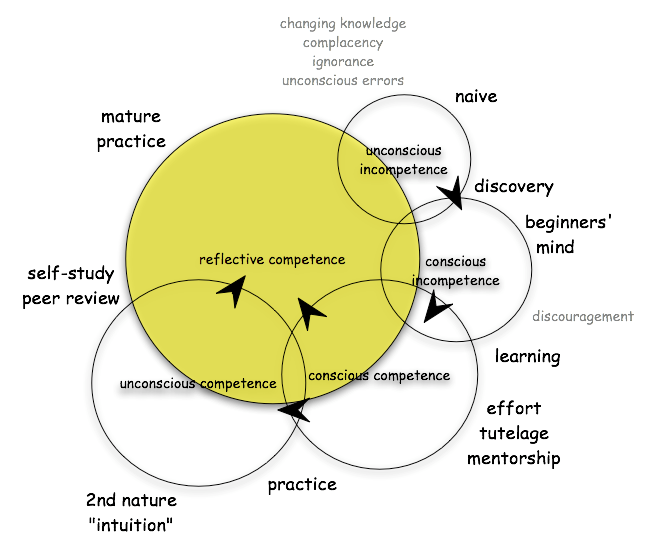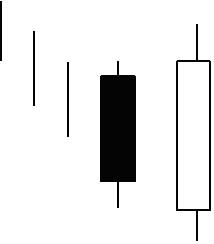
We could not find any results for:
Make sure your spelling is correct or try broadening your search.
Share Forum |
| Creator simon gordon | Created 13 Jan 2012 | Posts 163 | Last Post 8 years ago |
| Free Annual Reports | Add Favourite|E-mail Alert|Related Threads |




It looks like you are not logged in. Click the button below to log in and keep track of your recent history.
Support: +44 (0) 203 8794 460 | support@advfn.com
By accessing the services available at ADVFN you are agreeing to be bound by ADVFN's Terms & Conditions